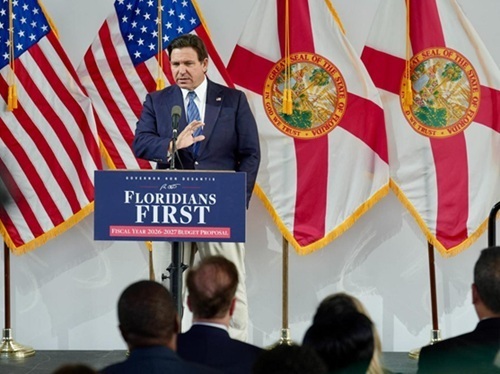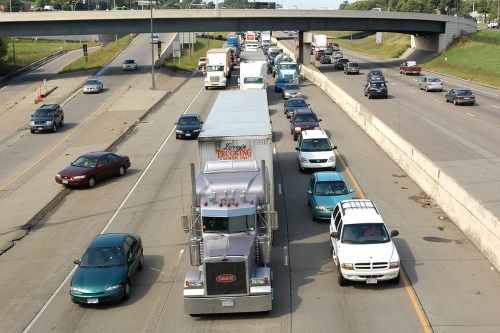The Minnesota Department of Transportation is seeking public input through October 9 via an interactive website for a freight plan compiled for its District 2 region: a plan that seeks to support the safe and efficient movement of agricultural commodities, forestry products, and manufactured goods.
[Above photo by the Minnesota DOT.]
The Minnesota DOT said in a statement that it “desires to provide a freight transportation system that attracts new businesses and enables others to maintain and grow their presence in northwest Minnesota.”
To do this, the agency said it is “essential” to coordinate statewide freight planning with local transportation and economic development partners to provide “a clear understanding of the multimodal freight system, local industry use of the system and their needs and concerns.”

The agency said its District 2 region is comprised of 14 counties that rely heavily on freight-dependent industries as it retains more than half of the areas full-time, year round employment. Its transportation network includes Highway 2, Highway 59 and Highway 75, major rail lines owned by Burlington Northern Santa Fe, Canadian National and Canadian Pacific, regional airports in Bemidji and Thief River Falls, and international border crossings in Baudette, Lancaster, Pinecreek, Roseau and Warroad.
The Minnesota DOT’s freight planning effort mirrors a similar effort conducted at the national level: an effort that aims to “prioritize” freight funding at the state level as well as address the local community impact of freight planning, such as increases in traffic, noise, and air pollution.

The U.S. Department of Transportation unveiled its 118-page National Freight Strategic Plan or NFSP that “establishes a clear vision for the future of the country’s freight system,” according to USDOT Secretary Elaine Chao.
“This plan will help us maintain America’s competitive edge across industries such as agriculture, manufacturing, and e-commerce,” she said in prepared remarks during a virtual unveiling of the plan on September 3. “Our freight system is what drives the nation’s economic growth and it touches the lives of every American.”
 States
States
NCDOT Staff Participate in ‘Explosive’ Technical Training
December 19, 2025 States
States

